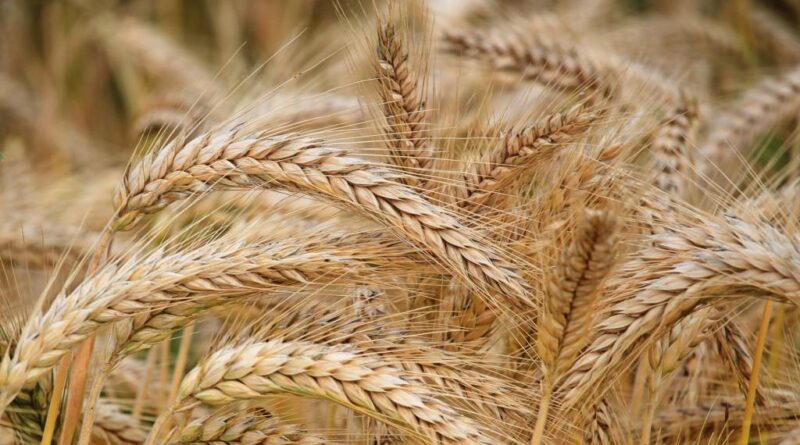Farmers switch to heat-tolerant wheat to fight climate crisis impact
By Zia Haq
Taking steps to mitigate the impacts of climate change, cultivators in key food-bowl states have switched to heat-tolerant wheat varieties on a large scale this season, a change analysts attribute to growing awareness about changing weather patterns.
Following two consecutive years of heatwaves and extreme weather, which shaved off cereal output and stoked prices, wheat growers have planted a record 80% area under climate-resilient varieties that should help bolster the country’s food security roiled by adverse weather, according to a latest survey by the agriculture ministry.
Heatwaves around March, when the winter staple nears maturing, are becoming frequent in the world’s second-largest grower, denting quality and output. In 2022, scorching weather restricted India’s wheat production to about 100 million tonnes against domestic consumption requirements of 103.6 million tonnes, sparking an entrenched bout of inflation.
“Our survey shows that in both Punjab and Haryana, 80% of the wheat area this year has been sown with climate-resilient and bio-fortified varieties,” said Gyanendra Singh, the director of the Indian Institute of Wheat and Barley Research (IIBR). This year, the country’s wheat crop in all major states is in a robust condition, he said, adding that a cold wave sweeping parts of the north India will help to drive up yields.
Madhya Pradesh, Punjab, Haryana, Uttar Pradesh and Rajasthan are the country’s main producer states.
Farmers have sown about 33.1 million hectares under wheat this season, 10% higher than the normal area of 30.7 million hectares, according to latest official data released on Monday. “We expect a record output of 114 million tonnes,” an official said, requesting anonymity.
The government’s estimate of wheat output from the 2022-23 winter season stood at a record 112 million tonnes. A bumper harvest should have led to falling prices, substantial state stocks and loosening trade regulations.
Yet, the world’s second-largest wheat grower is battling high cereal inflation for at least 12 months — normally a sign of shortages — puzzling policymakers. Output couldn’t have been more than 102-103 million tonnes, private traders say.
A rapidly warming planet is upending the country’s food economy. It is altering how food is grown, sold and priced. According to a study, “Likely Impacts of the 2022 Heatwave on India’s Wheat Production” by the University of British Columbia investigator Balbir Singh, the 2022 heatwave reduced India’s wheat yield by 4.5% “compared to a year with normal weather, denoted by long-term median of 1992–2021 climate”.
Extreme weather events, such as unseasonal rains and hailstorm, too, have become frequent. Hailstorms struck the winter staple crucial for the country’s food security in February 2023, denting yields. Cereal prices have been elevated for two straight years now, mainly due to the impacts of adverse weather conditions linked to climate change.
“We hope these varieties can withstand heatwave. We are praying there will be no adverse weather at all this year,” said Surjit Singh, a farmer from Punjab’s Mansa.
Wheat varieties DBW187 and DBW222 have been found superior over the usual HD-3086 variety for heat tolerance, according to the Indian Council of Agricultural Research. During the 2021-22 crop season, these varieties had shown tolerance with yield gains of 3.6% and 5.4%, respectively, compared to HD-3086.
Extreme dry and hot weather patterns prior to the wheat harvest causes a condition known as terminal-heat stress, which wilts crops.
“These kinds of shocks will get more frequent,” said Bhagirath Choudhary, a crop scientist and head of the South Asia Biotechnology Centre, Jodhpur. The shortage of cumin last year that made it the costliest food item currently is a result of a weather shock, Choudhary said.
“Winter months are getting shorter in western Rajasthan, a wheat grower, and a strange warm wind starts blowing in from Pakistan in February, which is a relatively new phenomenon,” he said.
This article has been republished from The Hindustan Times.

